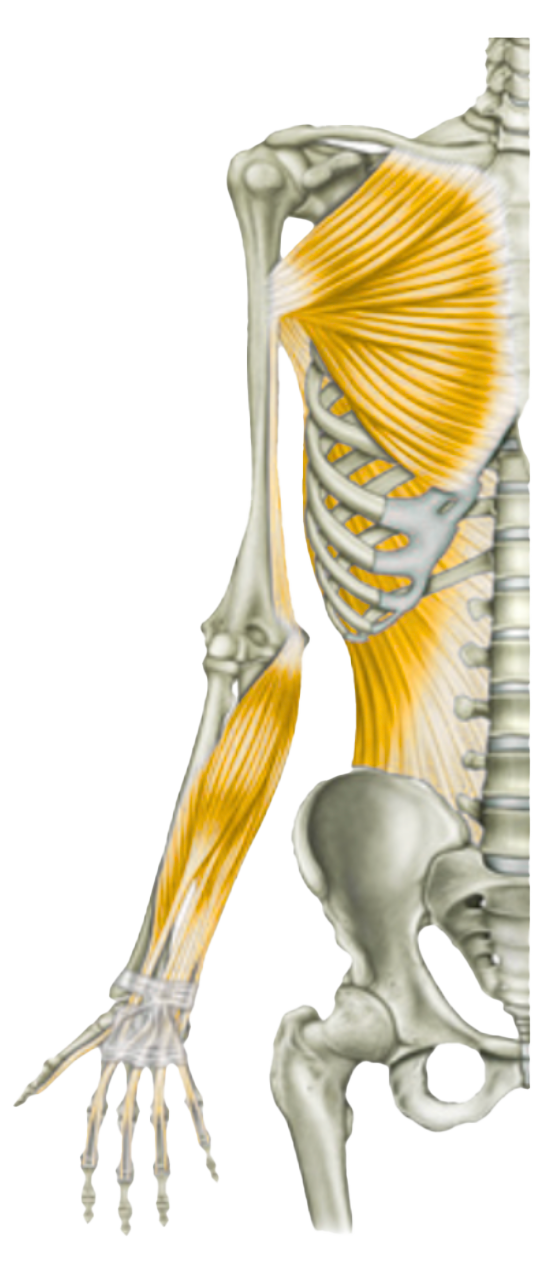Juno
Cards on the table, I have an especially big soft spot for the month of June. (Perhaps because it carries my birthday) something about the energy of June thoroughly resonates with me. This time of year genuinely fills me with such warmth and invigoration, that I feel compelled to share that wealth of spirit with the others that I love—I’ve heard “misery loves company”, but conversely, I believe joy does too.
June, from the Latin Iunius, is named for Juno—the Roman goddess revered as a protector, nurturer, and guardian of marriage and childbirth. The month of June represents warmth, nurturing care, and the flourishing of life in its countless expressions. Historically, this was a season of joy, celebration and abundance, marked by midsummer rites that honored the fruitful earth, and the sustaining bonds of community.
Symbolically, June embodies a moment of balance—a gentle turning point between spring’s explosive growth and summer’s sustained abundance. Just as Juno herself presided over the harmony and health of the family unit, the month of June invites us to consider our inner and outer resources. It reminds us to consciously nourish ourselves and our relationships, understanding that true vitality arises from attentive, compassionate stewardship of our essential foundations.
Modern life often pulls us away from this careful nourishing, keeping us distracted by external measures of success and productivity, or worse the dis-ease of “busy”. There is a phrase “nature vs. nurture” (used to describe the notion of genes vs upbringing) but I would like to replace that spell with a new one. I have come to believe that in fact;
“nurture is nature”
—our nature. Human beings are garden-keepers, we are cultivators, we thrive when we care for. As we move into June, let’s instead focus our intention on conscious nurturing—of our bodies, spirits, and true connections with the lives entrusted to our care.
The Superficial Front Arm Line
The Anatomy of Nurturing
In our journey through the body’s myofascial tapestry, June brings us to the Superficial Front Arm Line (SFAL). Extending from the fingertips through the forearms, upper arms, chest, and finally anchoring at the sternum and hips, the SFAL forms our pathway of connection, openness, and care. On an anatomical level, the SFAL is comprised of muscles like the latissimus, pectoralis major, biceps brachii, wrist flexors, and hand flexors—muscles inherently designed to draw inward, embrace, and sustain connection.
The SFAL coordinates the motions of pulling, holding, and carrying. It allows us to cradle infants, hold loved ones, and offer gestures of greeting, support and kindness. Movements we perform along this pathway—wrapping arms around a child, gently embracing a friend, or even carefully carrying objects—reflect our innate ability to nurture and protect.
In optimal function, this line provides both flexibility and strength, creating a harmonious balance of softness and stability. When compromised by excessive tension, however, we may notice a loss of ease, fluidity, or openness in our interactions, both physically and emotionally.
A Practice of Mindful Embrace
Just as Juno embodies the nurturing protector, the SFAL symbolizes the physical expression of care and compassion. The act of holding an infant demonstrates this connection beautifully. A parent or caregiver intuitively uses this myofascial line to securely yet gently cradle their child, transmitting warmth, safety, and nurturing energy directly through physical touch. This act is not merely symbolic—it has measurable physiological effects. Research confirms that nurturing touch strengthens bonds, supports emotional regulation, boosts immune function, and fosters healthy growth and development in children. As June invites us to consciously nurture, we can use an understanding of the SFAL to deepen our intentional practices. Whether cradling a child, comforting a loved one, or simply holding a meaningful object with care, we become aware of this physical-emotional connection.
This month, hone your Superficial Front Arm Line awareness by consciously practicing gestures of mindful nurture and tenderness (hugging is an excellent example). Notice how your body naturally expresses compassion through this line. Observe your posture—open your chest slightly, soften your grip, and consciously connect to the gentle strength of your embrace. In doing so, you'll cultivate greater harmony not only within your body but also within your relationships and the broader web of life around you.
Nurturing
Nurturing is to life, what stewardship is to the inanimate. This is one of my own personal core-most principles. Both nurturing and stewardship are the behaviors of “care for”. I see this as the antithesis of narcissism, and perhaps even the antidote for it. Nurturing is not merely an action—it is an embodied way of being. To truly nurture is to consciously and joyfully tend to growth, connection, and wellbeing, fostering conditions where life can flourish at every level. Nurturing arises from genuine presence: when we offer care, attention, and warmth freely, without agenda or expectation, guided purely by the joy inherent in the act itself.
June invites us to connect deeply with this primal principle. To truly nurture others, we must begin within, cultivating our own wellbeing, joy, and compassion. Like the embrace of the Superficial Front Arm Line, nurturing requires openness, vulnerability, and strength—the willingness to reach outward from a fulfilled, well-cared-for inner self.
Ask yourself this June:
"How am I nurturing myself today?"
"How am I joyfully nurturing those around me?"
Authentic nurturing thrives in joy, and joy is multiplied when shared (it truly does love company). Make time for simple acts of joyful nurture: embrace a loved one, tend to a garden, cook nourishing meals, offer kindness to a stranger, or simply listen attentively. Allow each of these acts to remind you that true nurturing reconnects us to the profound interconnectedness of life itself, cultivating a garden of genuine meaning, fulfillment, joy, and peace.


